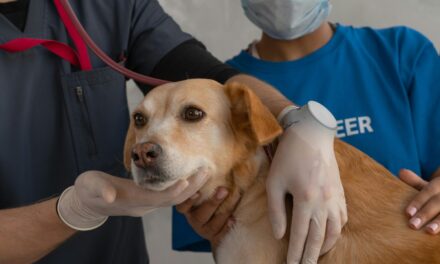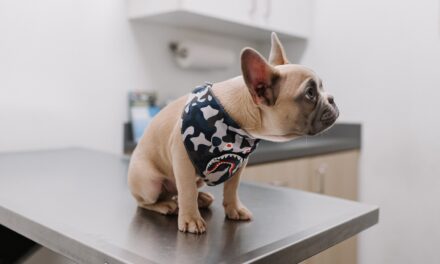The global companion animal health market is expected to grow substantially, reaching a valuation of USD 42.4 billion by 2030. This growth trajectory forecasts a Compound Annual Growth Rate (CAGR) of 9.1% over the period.
Several factors contribute to this upward trend, including advancements in research and development, government initiatives, rising rates of pet adoption, and an increase in chronic diseases among companion animals. The market has faced challenges, most notably during the COVID-19 pandemic, which led to a decrease in veterinary visits due to disease transmission concerns.
Impact of COVID-19 and Industry Resilience
Despite obstacles posed by the pandemic, the veterinary healthcare sector continued to function, albeit with alterations in patient visit patterns. A survey conducted across the United States, the United Kingdom, France, and Brazil revealed that over 25% of pet owners either postponed or avoided veterinary visits due to fears of COVID-19 transmission. Nonetheless, 65% of the respondents did not experience negative impacts on accessing medications and treatments, demonstrating the sector’s resilience during adverse conditions.
Surge in Pet Ownership and Healthcare Demand
One of the key drivers for the market’s growth has been a significant increase in pet ownership. In the United States, approximately 70% of households, or around 90.5 million homes, own pets—primarily dogs and cats. This trend has also escalated the demand for veterinary care and medications for companion animals. With growing pet ownership comes a heightened need for healthcare services, thereby stimulating the market.
Technological Advances and Innovation
In terms of innovation, the companion animal health market is experiencing a surge in research and development activities. This has led to new surgical techniques and specialized medications. Major industry players like Zoetis have received US Food and Drug Administration (FDA) approval for innovative treatments, such as Solensia, a monoclonal antibody treatment for feline osteoarthritis, further enhancing the quality of pet healthcare.
Health Concerns Drive Demand for Medications and Preventive Care
Countries like France have witnessed an increase in pet diseases including obesity, dental problems, skin allergies, osteoarthritis, and viral infections. This has fueled demand for medications and preventive care. Regulatory agencies that oversee veterinary pharmaceutical safety have also played a role in the market’s expansion.
Segment Insights
- Pharmaceuticals accounted for over 44% of the market share in 2022, boosted by medications aimed at extending animal lifespans.
- The dogs segment led with over 40% market share in 2022, largely due to rising healthcare costs for pets, particularly in developed regions.
- Hospital pharmacies emerged as the leading distribution channel, holding over 47% of the market share in 2022, owing to an increased number of veterinary clinics and hospital services.
- Hospitals and clinics were the dominant end-use segment, constituting over 80% of the market in 2022.
North America held a 35.98% share in the overall market in 2022.
In conclusion, the global companion animal health market is on track for significant growth, driven by a combination of increasing pet ownership, technological advancements, and a focus on preventive care. The resilience displayed during the COVID-19 pandemic, along with ongoing research and technological integration, positions the market for continued evolution and expansion.
For more information on the report visit: https://www.researchandmarkets.com/r/y9tqjq








